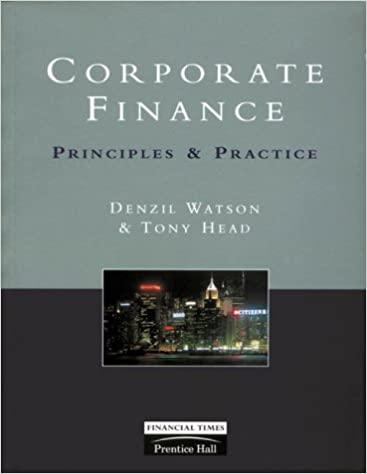10. A review of the degree of total leverage You and your colleague, Annie, are currently participating in a finance internship program at Campbell Construction. Your current assignment is to work together to review Campbell's current and projected income statements. You will also assess the consequences of management's capital structure and investment decisions on the firm's future riskiness. After much discussion, you and Annie decide to calculate Campbell's degree of operating leverage (DOL), degree of financial leverage (DFL), and degree of total leverage (DTL) based on this year's data to gain insights into Campbell's risk levels. The most recent income statement for Campbell Construction follows. Campbell is funded solely with debt capital and common equity, and it has 2,000,000 shares of common stock currently outstanding. Sales Next Year's Projected Data $86,000,000 34,400,000 51,600,000 Less: Variable costs Gross profit Less: Fixed operating costs Net operating income (EBIT) Less: Interest expense Taxable income (EBT) Less: Tax expense (40%) Net income Earnings per share (EPS) This Year's Data $80,000,000 32,000,000 48,000,000 28,000,000 20,000,000 4,000,000 16,000,000 6,400,000 $9,600,000 28,000,000 23,600,000 4,000,000 19,600,000 7,840,000 $11,760,000 $4.80 $5.88 Given this information, complete the following table and then answer the questions that follow. When performing your calculations, round your EPS and percentage change values to two decimal places. Campbell Construction Data DOL (Sales - $80,000,000) DFL (EBIT $20,000,000) DTL (Sales - $80,000,000) Campbell Construction Data DOL (Sales - $80,000,000) DFL (EBIT - $20,000,000) DTL (Sales - $80,000,000) Everything else remaining consta Construction decides to convert its labor-intensive manufacturing facility into a capital-intensive increase facility by laying off over 75% of placing the workers with robotic and technologically advanced manufacturing equipment. Assume that, over the next five y remain unchanged as a result of the layoffs will pay for the changes made to Campbell's plant and equipment changes. How would this affect nd DCL? decrease The DOL would be expected to The DFL would be expected to The DTL would be expected to and percentage change values to two decimal places. Campbell Construction Data DOL (Sales $80,000,000) DFL (EBIT $20,000,000) DTL (Sales $80,000,000) 18.00 2.63 Everything else remaining constant, Campbell Constructi 2.40 facility by laying off over 75% of its te and replacing the Assume that, over the next five years, the wages saved as a resu changes. How would this affect Campbell's DOL, DFL, and DCL? percentage change values to two decimal places. mpbell Construction Data L (Sales - $80,000,000) L (EBIT - $20,000,000) 1 (Sales - $80,000,000) 18.00 ything else remaining constant, 2.63 Campbell Construction decides to ty by laying off over 75% of its te and replacing the workers with 1.25 me that, over the next five year ges saved as a result of the layof ges. How would this affect Campbell's DOL, DFL, and DCL? Campbell Construction Data DOL (Sales - $80,000,000) DFL (EBIT - $20,000,000) DTL (Sales - $80,000,000) 3.00 Everything else remaining constant, Campbell Construction decic facility by laying off over 75% of its 2.63 fe and replacing the workers Assume that, over the next five year ges saved as a result of the 18.00 changes. How would this affect Cam! ! L, DFL, and DCL











